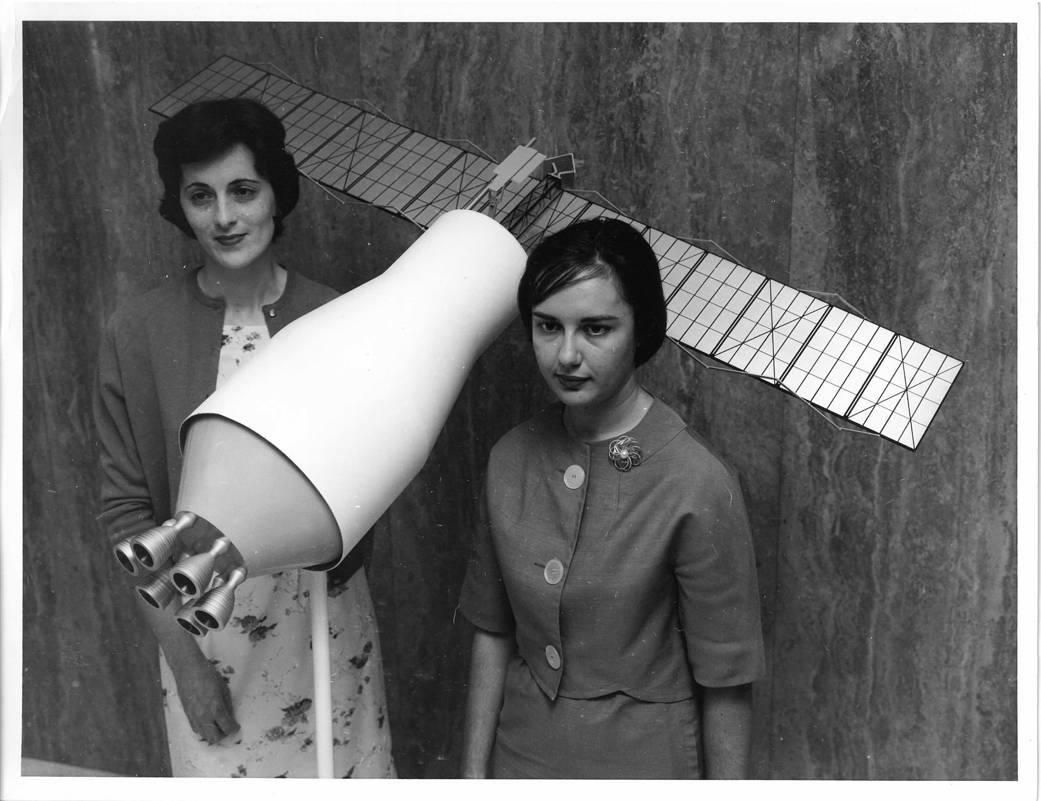
A native of Moundville, Alabama, Ann McNair earned a bachelor’s degree in physics and mathematics from the University of Alabama in Tuscaloosa in 1958. She arrived at Redstone Arsenal that same year taking a position as Mathematician with the Army Ballistic Missile Agency. McNair’s involvement in the Saturn program included her role as deputy manager of the Orbital Analysis Branch developing flight trajectory studies and determining how long satellites might remain in orbit. Early on, McNair authored several papers on the lifetime of satellites and on comparing onboard and ground tracking for lunar missions. In 1965, McNair published the article “Orbital Tracking and Decay Analysis of the Saturn I Flights” in the Journal of Spacecraft and Rockets. From 1965 to 1967, McNair served as a group chief within the Information Systems Office, supporting the planning and execution of all Apollo flights.
Mary Jo Smith was a physicist with a bachelor’s degree from Texas Christian University, assigned to the Marshall’s Research Projects Division to work on plans for the Pegasus meteoroid detection satellites that the Center launched aboard a Saturn I rocket in the early 1960s. During the Skylab program, Smith served as manager of the Ultra-Violet Panorama Experiment (S183), an instrument developed for the Apollo Telescope Mount by the Laboratories d’Astronomie Spatiale in Marseille, France under the direction of that laboratory’s director, Dr. Georges Courtes.
In this photo taken in 1964, McNair and Smith pose with a model of a Pegasus Satellite. #WomensHistoryMonth
Image credit: NASA

























